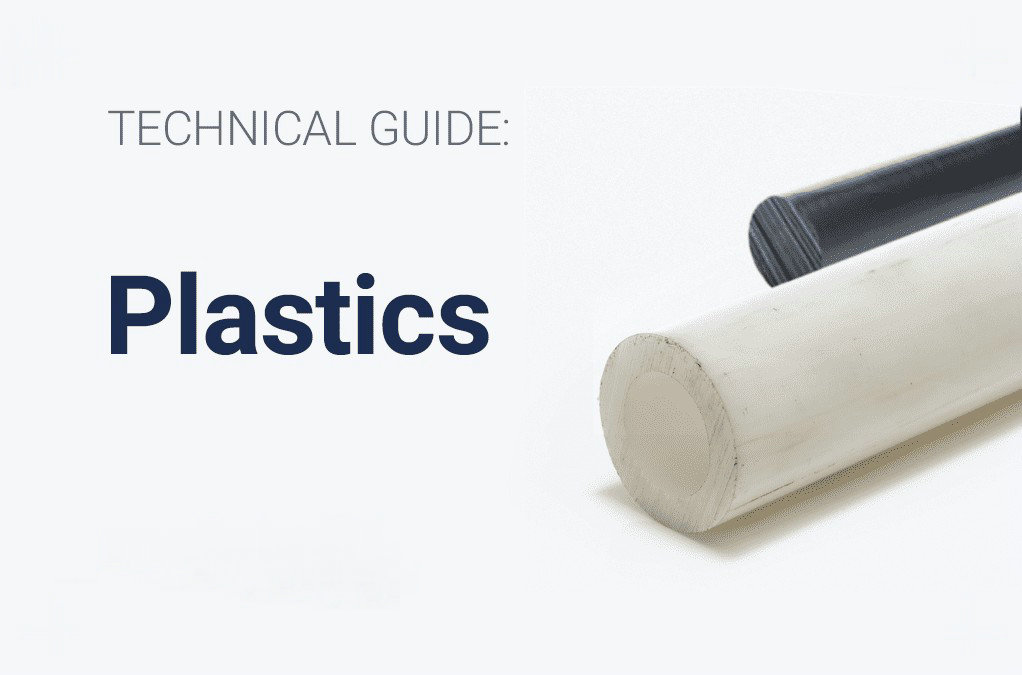
In the era of electrification, lightweighting, and intelligence in automotive and electronic industries, Super Engineering Plastics have become the new strategic materials for replacing metals. Among them, PEEK (Polyether Ether Ketone), PPS (Polyphenylene Sulfide), and LCP (Liquid Crystal Polymer) stand out due to their excellent thermal stability, chemical resistance, and dimensional accuracy.
However, in practical industrial design—especially in markets such as Japan and Europe—these materials are not simply chosen by “performance superiority.” Instead, they are carefully selected through a price–performance balance, where each material has its own application boundary.
Performance Highlights
PEEK is one of the highest-performing thermoplastics available today. It withstands continuous temperatures up to 260°C, shows exceptional chemical and wear resistance, and offers excellent electrical insulation. Moreover, it maintains mechanical strength even under harsh environmental conditions such as steam or radiation.
Typical Applications
PEEK is used in electric drive systems (bearing cages, gears), aerospace components, and medical instruments. Due to its high reliability, it is often chosen for critical safety-related components—where part failure is unacceptable.
Price Barrier
PEEK’s superior properties come with a high cost - 10 to 20 times the price of standard engineering plastics. Hence, it is mainly applied in high-value or mission-critical applications such as aerospace structures, battery protection devices, and medical implants, where cost is secondary to performance.
Performance Highlights
PPS offers excellent heat resistance (up to 200°C), superior chemical resistance, low molding shrinkage, and excellent dimensional stability, making it ideal for precision parts. It also exhibits natural flame retardancy and electrical insulation, suitable for high-temperature electrical environments.
Typical Applications
Commonly used in electric motor insulation parts, automotive fuel system components, and electronic connectors, PPS strikes a good balance between durability, moldability, and cost.
Price and Performance Balance
Compared with PEEK, PPS is more affordable and easier to process. It has thus become the mainstream choice for electric vehicle and electronic systems that require heat resistance and mechanical stability without extreme cost.
Performance Highlights
LCP exhibits extraordinary fluidity, enabling ultra-thin-wall molding and precise microstructures—ideal for miniaturized and high-density components. It offers a heat deflection temperature above 280°C and very low moisture absorption, maintaining stability in humid conditions.
Typical Applications
LCP is widely used in fine-pitch connectors, antenna frames, 5G communication components, and high-speed data transmission devices. Its ability to form intricate shapes with minimal warping makes it a top choice for microelectronic packaging.
Application Boundaries
Despite its advantages, LCP's brittleness limits its use in large structural parts. Additionally, its higher material cost confines it to niche precision components where dimensional accuracy is crucial.
PEEK, PPS, and LCP together form the core matrix of modern high-performance polymers. Their selection depends not only on technical requirements but also on economic considerations:
| Material | Max Service Temp | Mechanical Strength | Processability | Cost | Typical Fields |
| PEEK | ~260°C | ★★★★★ | ★★★★☆ | $$$$$ | Aerospace, Medical, EV Components |
| PPS | ~200°C | ★★★★☆ | ★★★★★ | $$$ | Automotive, Electrical Systems |
| LCP | ~280°C | ★★★☆☆ | ★★★★★ | $$$$ | Electronics, 5G, Connectors |
In summary, PEEK rules in high-stress and safety-critical scenarios, PPS dominates in balance and mass production, while LCP enables the future of microelectronics and miniaturized designs. Together, they are shaping the material evolution of the next-generation industrial world.